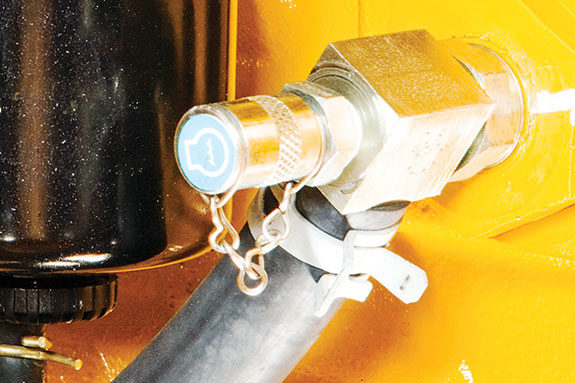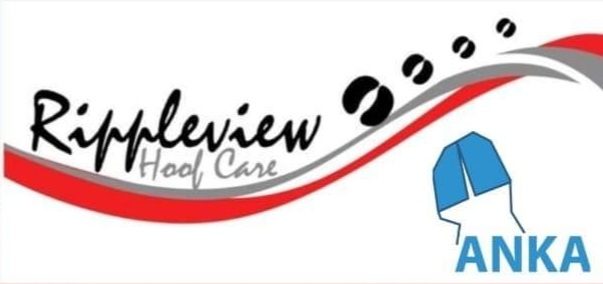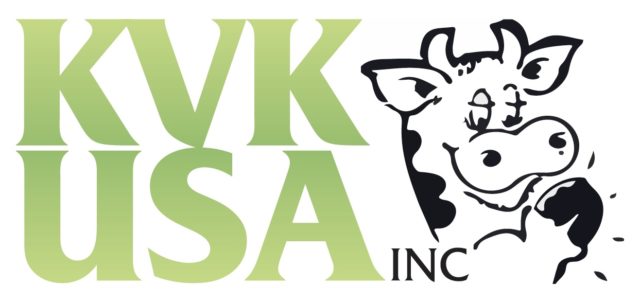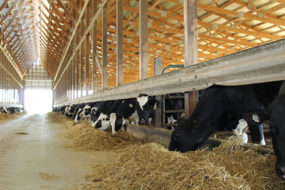Failure to maintain proper coolant can result in engine overheating, engine cylinder liner cavitation (pitting), water pump failures, corrosion, coolant contamination of the lube system and loss of coolant. Most manufacturers recommend testing annually or at specified hour intervals, such as every 500 hours.
While conventional coolants are still in use, extended-life coolant (ELC) is fast becoming the industry standard.
Here’s what you need to know: While both conventional coolants and ELCs effectively protect the engines in your fleet, they do not share the same chemical makeup.
Different additives are used so the chemical signatures of the two coolants are different. That means different test strips are required to produce accurate readings for each coolant.
It is important to remember each coolant manufacturer uses a slightly different formula, and the mixing of multiple-brand products can result in misleading test-strip readings, regardless of which strip is used.
For instance, we have tested our Cool-Gard and Cool-Gard II products for compatibility, and test-strip results have been verified. Adding other products to the mix can interfere with the accuracy of test-strip results and could leave your engines unprotected.
Using improper test strips will not provide accurate results across the board. For example, using test strips made for conventional coolants or blends of conventional coolants and ELCs will provide an accurate glycol percentage reading. However, the molybdate reading these strips provide will be on the wrong scale.
In a blend, the nitrate reading will also be on the wrong scale, while in straight ELC, there will either be no reading at all or a false negative. Misleading readings can lead to treatment that will negatively compromise the coolant.
Remember, all test strips have an expiration date. To ensure accurate readings, rotate your inventory regularly and purchase only the test strips you think will be used within a few months.
Treatments vary, too
Matching the proper test strips to your coolant type is half the battle. Using the right treatment is the other half. Conventional coolant requires different treatment than conventional/ELC blends and ELCs.
For example, we recommend Liquid Coolant Conditioner for conventional coolant and Cool-Gard II Extender for blends and straight ELC. Mixing a conventional treatment product with an ELC can compromise the properties of the ELC and not replenish the properties that need adjusting.
When mixing does occur, the test strip results may be misleading. At this point, it is time to consider a more comprehensive test done at a fluid analysis lab or a coolant system flush before standardizing on a single coolant type and brand.
Check with your equipment dealer to ensure the correct test strip and treatment product is used. Remember that an ELC cannot be determined by its color, so don’t try to identify an ELC by its appearance.
Your operator’s manual and dealer can help you confirm the type of coolant in use and the proper steps to take to care for this vital engine system.
Taking these small steps will ensure you avoid a cooling system failure, which has been shown to contribute to 40 percent of all engine failures.
Also, consider using a certified fluid analysis lab on a periodic basis; between your planned test intervals would be a good starting point. A lab can measure coolant on more than 10 properties, where a test strip is often testing only two or three properties. PD
Croft is an aftermarket support manager with John Deere.
PHOTO
Coolant sampling port on a John Deere 524K loader. Photo courtesy of John Deere.






